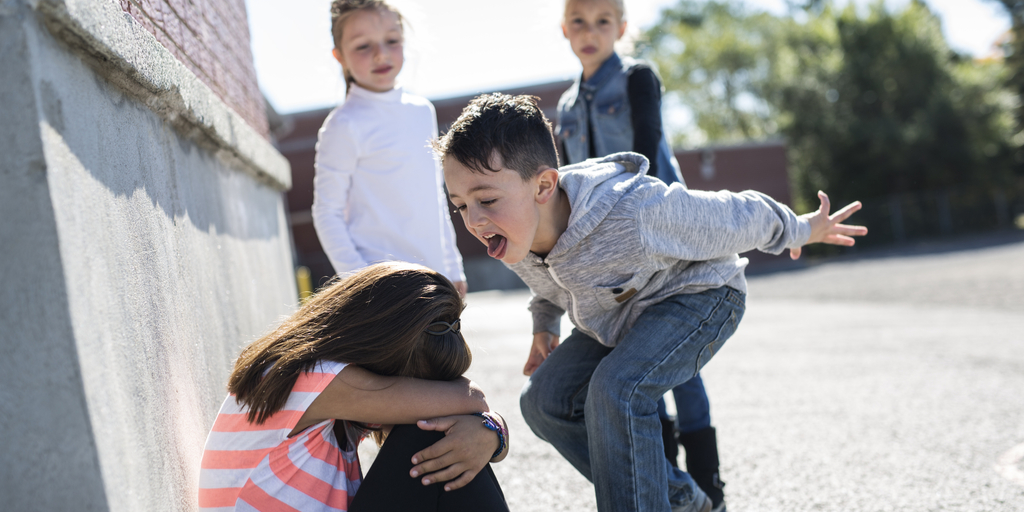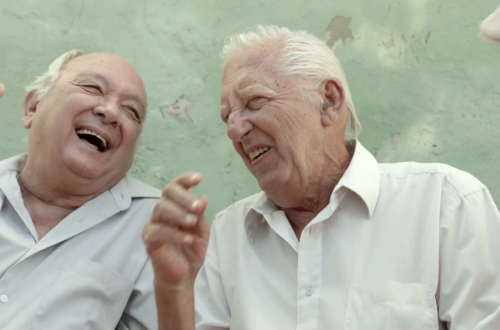Not many behaviors alarm parents and educators more than physical aggression. Parents feel shamed by belief an aggressive child indicates a dysfunctional family system, and teachers are concerned about safety in their classroom. Lost within grownups’ reactions to children’s aggression is the context in which behaviors occur, but when context is ignored, we miss vital clues about cause. Because the immediate goal is to eradicate behavior, teachers alert parents who employ swift consequences to discourage further aggression, but what also gets lost through a problem solving model is underlying struggle experienced by the aggressive child.
In many typically developing children, aggression fills gaps between frustration and underdeveloped social/emotional vocabulary. Children often “act out” upon arrival of a new sibling, or new students struggle to share or take turns before they adjust, and in the absence of a feeling lexicon, aggression is used to convey feelings. Children also struggle to accept they are no longer the center of the universe, and any forced delay of gratification, or perceived threat often results in aggression. When children react violently, they are often perceived as angry, but because they lack the subtle gradations necessary to express primary process emotion, violence compensates for words. Considering adults have access to a full vocabulary, and yet still use aggression, it’s easy to understand why children push, hit, or even bite, when frustrated.
Unfortunately, not all children develop typically, and in some, aggression and violence raises clinical red flags. Persistent physical or verbal aggression suggests behavioral disorders that further underscores the importance of context, and an understanding of aggression temperature.
Gauging aggression temperature alludes to violence as either hot or cold, and the difference is relevant. Hot aggression suggests a child is reacting to stimuli in a maladaptive way, and is the type of aggression more associated with Oppositional Defiant Disorder (ODD). Hot aggression can be verbal or physical, and accompanied by persistent, irritable mood, and defiance toward to authority. Inability to control impulse creates social and academic impairments that ultimately lead adults to seek treatment, but not before punishment or expulsion is tried without success. Children with ODD are self-aware, and when calm, can reflect on their behavior, and feel remorse. When these children are punished in the absence of understanding their symptoms, self-esteem drops because they feel identified as a problem for behavior they can’t control.
Brain science suggests ODD stems from abnormalities in the amygdala, the part of the brain responsible for regulating emotion. The amygdala is sometimes referred to as “child brain” because when adults allow it to override our pre-frontal cortex, childish urges kick in. We see this in road rage and tantrums during relationship disagreements, but it can also lead to physical aggression.
A significant challenge faced by parents and educators is knowing how to discipline a child with ODD because typical interventions often trigger undesired behaviors. Children with ODD are highly reactive to being screamed at, having prized objects taken from them, or being hit. Aggressive responses from parents reinforce aggression, exacerbate symptoms, and indicate parents’ frustration with not being able to control the situation. Fortunately, there are appropriate interventions for parents and educators.
All of these factors necessitate families being involved in a child’s treatment for ODD because how the system functions around the child is as important as how the child functions within the system. Children with ODD require compassion, space, consistency, and support from both home and school. With those tools in place, there is hope.
At the other end of the behavior thermometer is cold aggression, which significantly differs from hot aggression. Most alarming about cold aggression is that it is not reactionary. On the contrary, it is purposeful, premeditated, and void of remorse. Children who exhibit cold aggression will not only be physically or verbally violent, they will manipulate, steal, be deceitful, and violate basic rights of others; all attributes of Conduct Disorder (CD), a disorder often misinterpreted as ODD during early stages of the diagnostic process, but differs in significant ways. Conduct disorder is indicated in bullies who impose their will on targets without remorse. As opposed to hot aggression,the child is not reacting to a stimulus, and conscience is absent.
http://https://www.youtube.com/watch?v=e-HepPVXe4w
Because CD is an early indicator of Antisocial Personality Disorder; the disorder most associated with psychopathology, the earlier intervention begins, the greater chance of treatment success. A central component in treatment of CD is connecting children to empathy, knowledge of right and wrong, and even their own feelings. Conduct disorder is often rooted in dysfunctional attachment to a primary caregiver, and is more likely to exist in families in which others have experienced the disorder.
Another important aspect of the diagnostic process is the establishment of behavioral patterns over a period of time, as any single incidence of aggression does not indicate a disorder. It’s important to not only look for patterns of behavior, but an absence of empathy, and lack of understanding about wrong doing.
Adding a layer of complexity is that pharmacological treatment does little in the fight against CD because there no medication increases empathy and insight. While it is possible medication could curb impulses, the absence of the aforementioned qualities predestines these children for a lifetime of social isolation, and possibly criminal activity.
What this suggests is not only that parents and teachers be aware of aggressive behavior in children, but also the circumstances of aggression, and the child’s reaction to his own behavior. Treatment of any childhood behavioral disorder will only be successful if all the systems in which the child exists work together. When systems work together, the resulting consistency teaches children new ways to see the world, and themselves.
Parents concerned about children’s behavior should see their pediatrician immediately. Ruling out medical possibilities can narrow focus to the point of diagnosis, and treatment plan. What will certainly make matters worse is failure on the part of parents and educators to investigate. Without investigation, disordered children fall through cracks, and emerge as dysfunctional adults.





